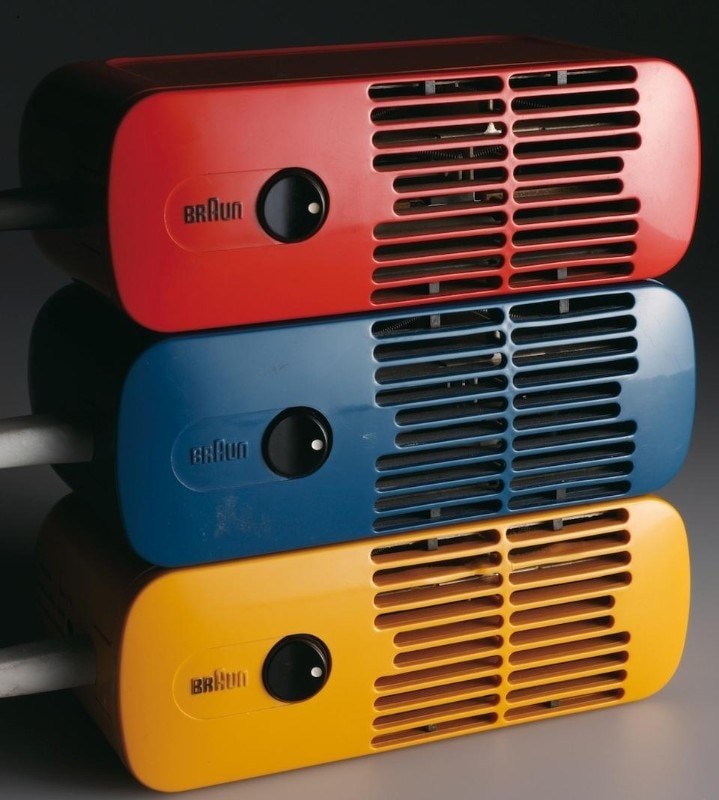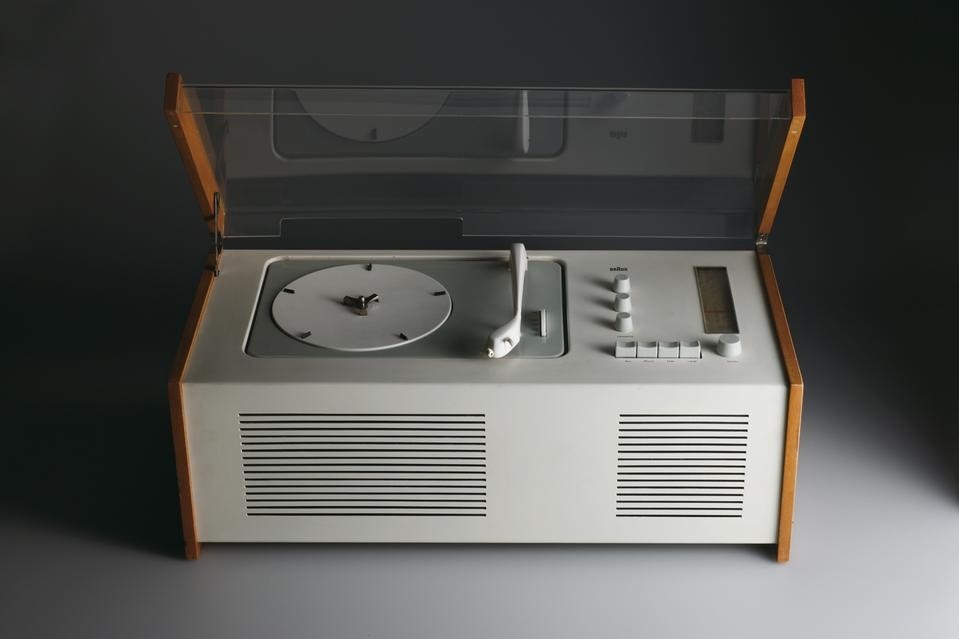Rams' work for Braun needs little introduction, and neither, really, does the man himself, since he's become an icon to a growing set that identifies with design, whether for reasons of style, commerce, or a notion of "design thinking." The rise in general interest, and spotlights like the film Objectified, make it hard to approach Rams' appliances and electronics without seeing them through the popular narrative: how newly affluent post-World War II Germany set the stage for thoughtful and experimental, yet approachable and useful, product design, and gave rise to a singularly inspiring body of work, that Jonathan Ives at Apple took as a starting point, and used to fuel the rise of the computer and electronics maker to its position as technological, and cultural, powerhouse. It's a convincing story, especially as Rams himself lauds the work of Apple, a company that has risen to one of the world's most valued and respected.
With this setting in mind, curator Joseph Becker staged the San Francisco incarnation of the exhibit to engage the audience in Ives' backyard, and to gently provoke it to live up to a potential that he feels Rams work anticipates. Part of Becker's approach included expanding the legacy section—as much to turn up the challenge to designers as to demonstrate that Rams' achievements inspired others.
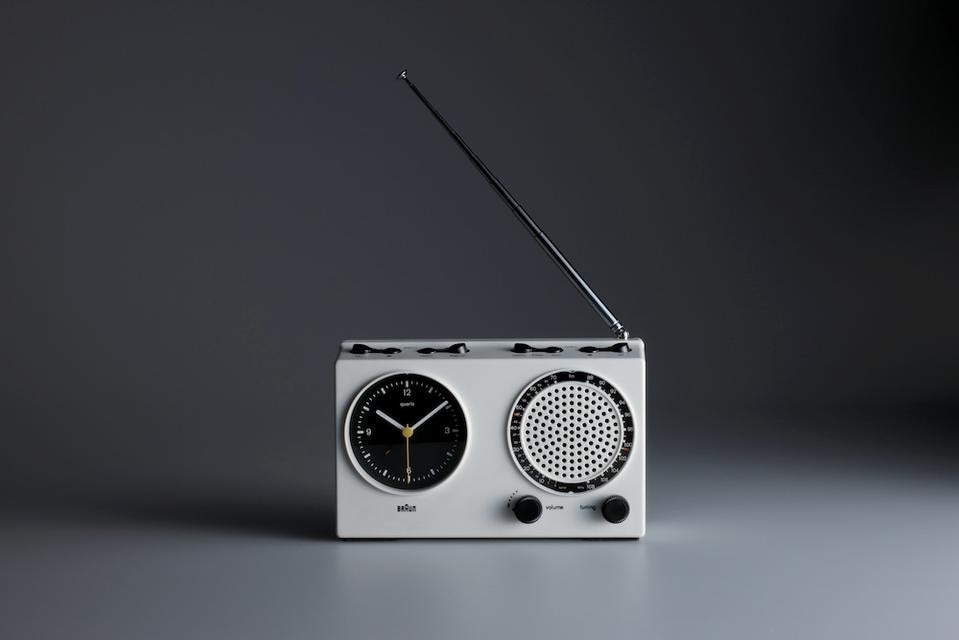
Above: Dieter Rams, Braun clock radio (ABR 21 signal radio), 1978; design: Dieter Rams and Dietrich Lubs. Photos by Koichi Okuwaki.
Having trained as an architect, Becker took a hands-on approach to the the show, and details like signage are well considered, used as much to confront viewers as to impart facts. Provocations like, "Question everything generally thought to be obvious" hover over the tables of neat, dense assemblages of products, while a whole wall of the legacy section is taken up with the text of Rams "10 Principles of Good Design" and accompanying commentary. Becker describes these principles as, "digestible tidbits of the philosophy that you can take," and in context of the representative examples of Rams' influence—whether Leon Ransmeier's discreet humidifier; Teenage Electronics' spare yet friendly synthesizer, or Naoto Fukasawa's portable television set—it is also clearly meant to function as a set of measures to hold them up against.
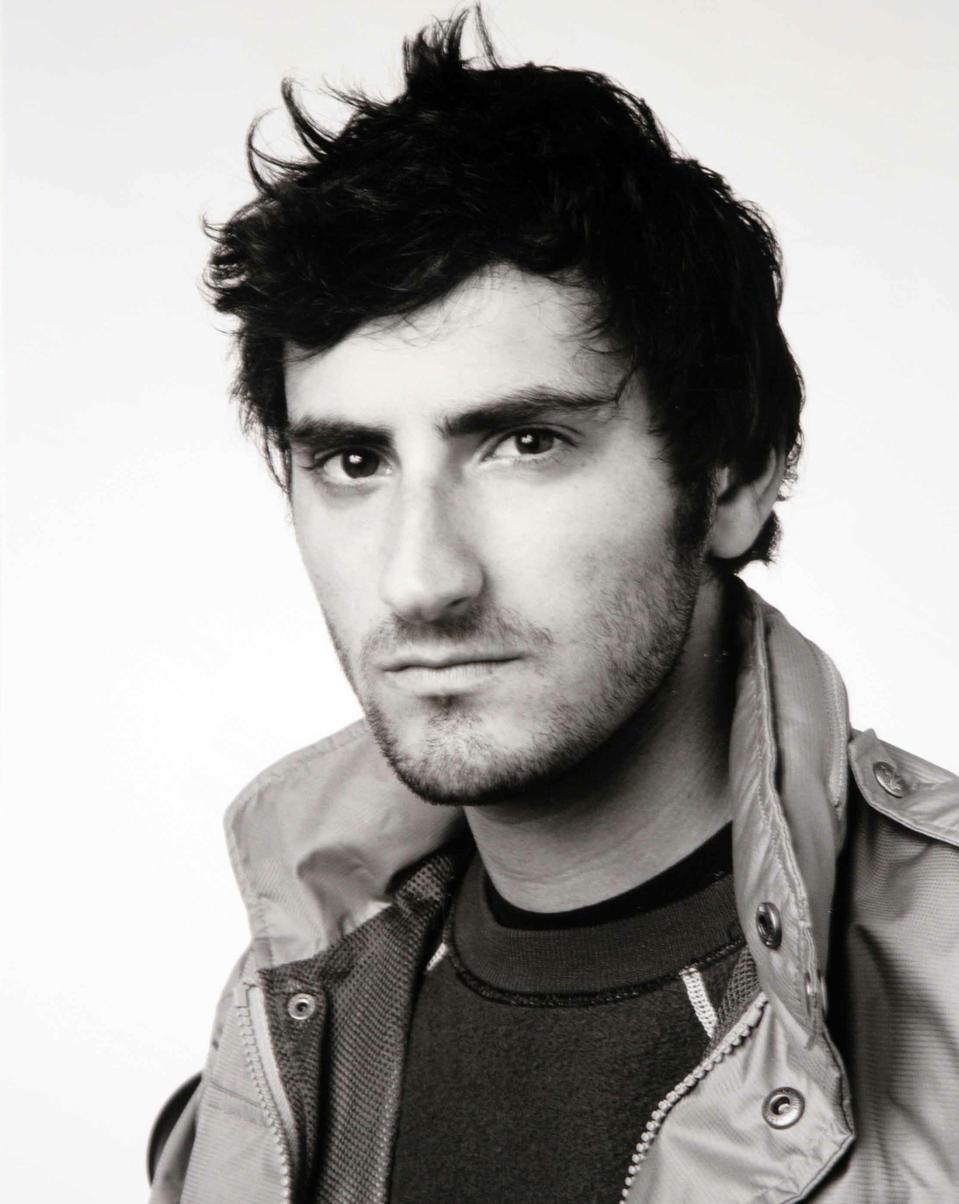
There are a couple important differences in SFMOMA's staging of the exhibition. Size constraints forced a reduction from 400 pieces to 200. The San Francisco run also starts uniquely with Rams' furniture designs for Vitsoe, including shelving and seating systems. While this is some of his least famous work, unlike most other pieces, it is still in production.
Aside from a reminder of lesser-known, key work, starting with the furniture highlights the significance of Rams designing products as systems that could withstand change. It was an important approach to the time. The 606 Universal Shelving System, and the 620 Chair Program, Rams' modular approaches to storage and seating, were, for instance, early 1960s contemporaries of the innovative IBM System/360. A modular approach to computing, System/360 introduced the idea of a single operating system that ran across a line of computers, an innovation that allowed buyers to adjust and scale with much less disruption. This forerunner of Apple's operating system may just be an example of the zeitgeist. The fact that a systems approach is more deeply necessary in the massively complex world of computing than the stable realm of furniture is perhaps a reason that the legacy of Rams work seems even more potent in Apple's hands than Ikea's.
The fact that a systems approach is more deeply necessary in the massively complex world of computing than the stable realm of furniture is perhaps a reason that the legacy of Rams work seems even more potent in Apple's hands than Ikea's.
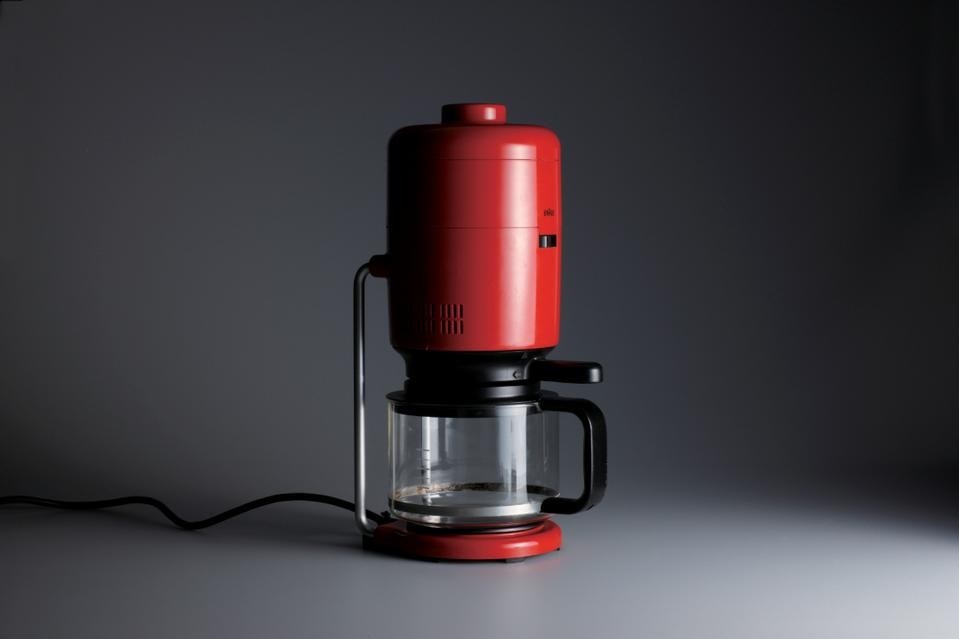
It's smart to group Rams with Ives, but that popular story should include all the others who have contributed to the thread rationalizing interface, and why designers of virtual goods must pick up the torch as much as any. Being able to use less effort to fluently make sense of vast amounts information is a key task of our time. As operating systems let us reliably and meaningfully interact with millions of tiny switches, interface design systems facilitate our growing and intimate relationships with the the rest of the world.
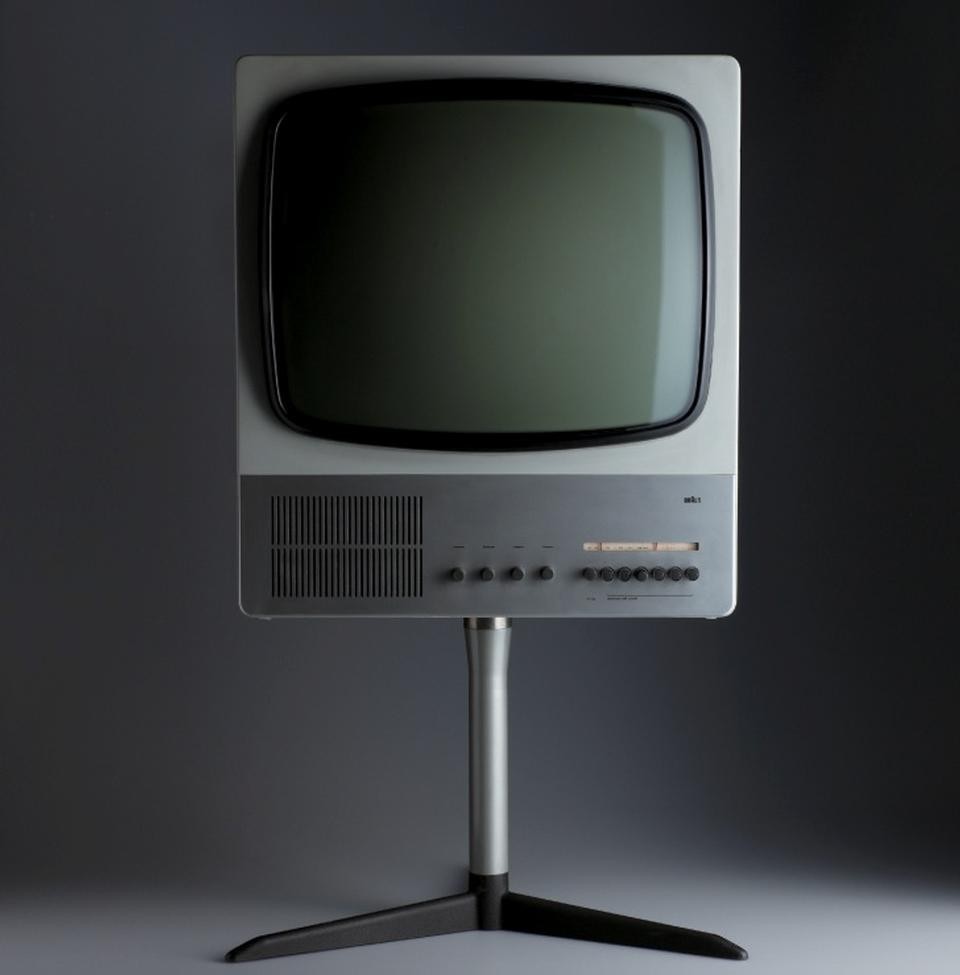
The effort of making things simple, of making things understandable, removing complexity and chaos, of course that caries multiple agendas. Making sense of the world for others is directing them, and potentially even misleading them. Setting the standard for what becomes normal and intuitive, ostensibly for an object's users, but obviously at the behest of corporations, is a position of responsibility. Rams's standards are a starting point; his toolset of forms have become adapted into a working vocabulary in many important efforts. Where that vocabulary goes from here and how it's used is key.
John Alderman
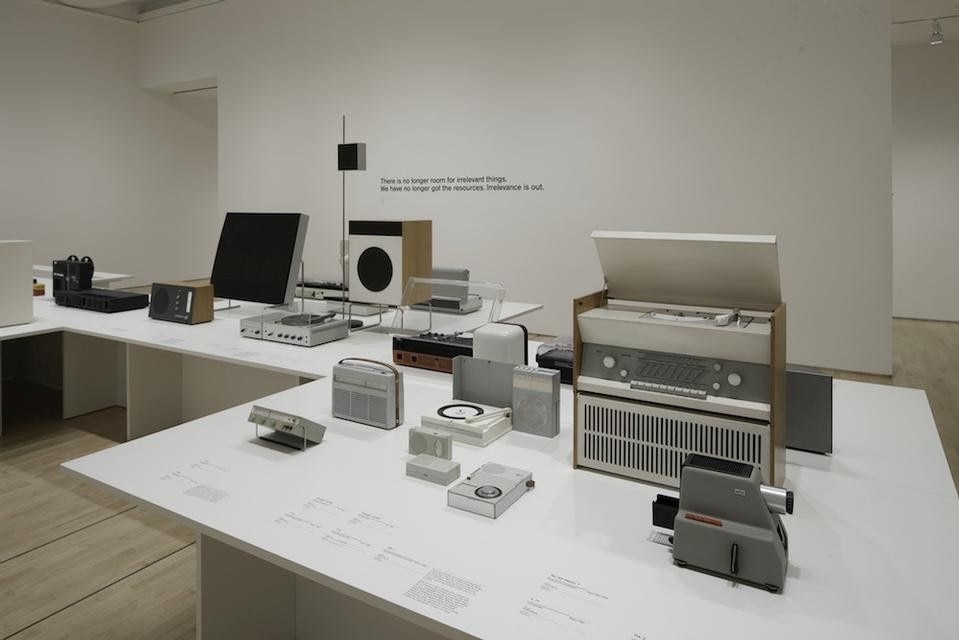
27 August, 2011–20 February, 2012
San Francisco Museum of Modern Art
151 Third Street, San Francisco, Calif.
